Home>Garden Essentials>How Often Should You Water Grass Seeds
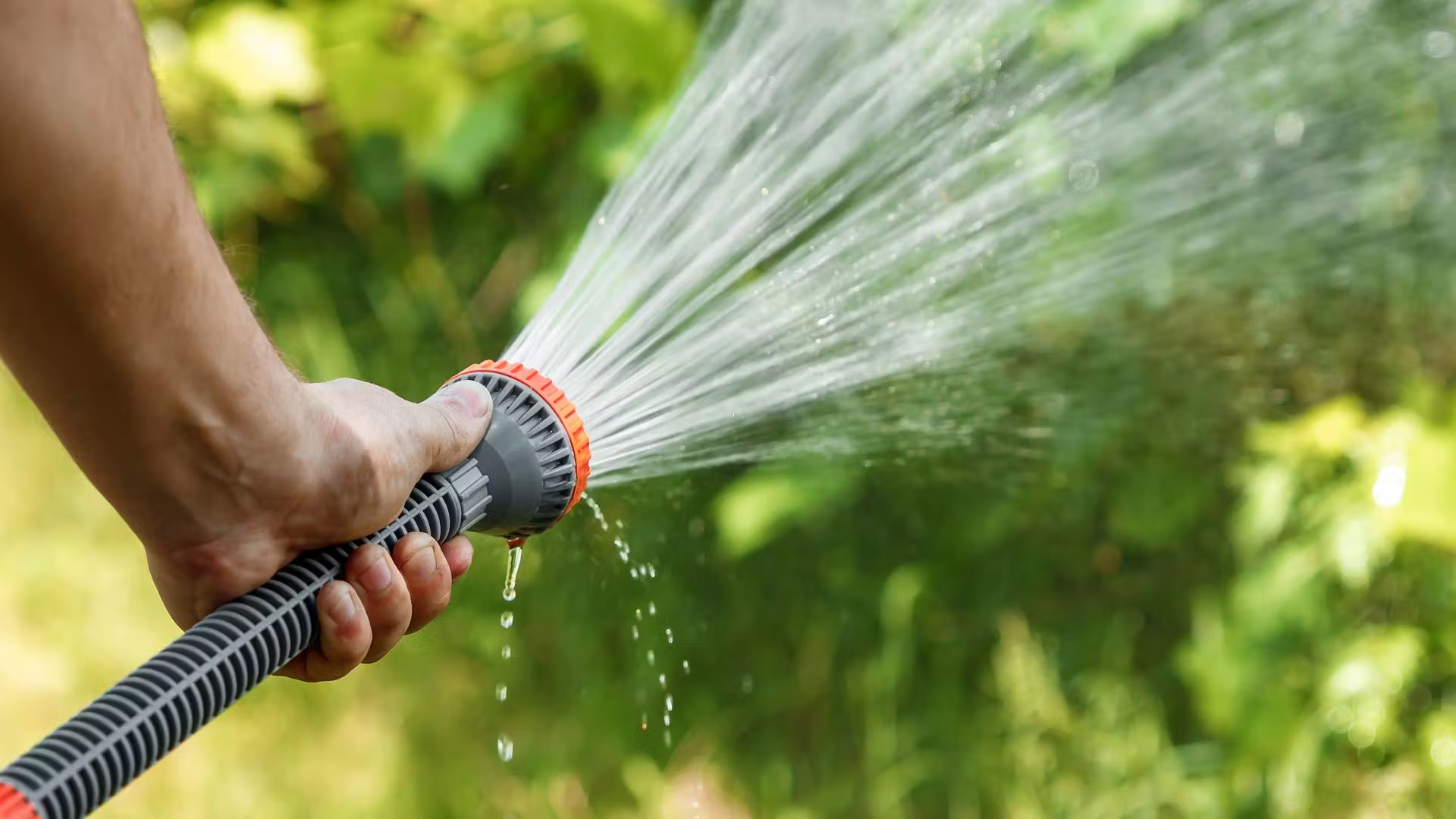

Garden Essentials
How Often Should You Water Grass Seeds
Modified: March 24, 2024
Want to know how often you should water grass seeds in your garden? Discover the best watering schedule to ensure healthy growth and lush greenery.
(Many of the links in this article redirect to a specific reviewed product. Your purchase of these products through affiliate links helps to generate commission for Storables.com, at no extra cost. Learn more)
Introduction
A lush, green lawn is the dream of any homeowner. To achieve this, one crucial factor to consider is proper watering of grass seeds. Watering is essential for the germination and healthy growth of new grass seeds. However, finding the right balance can sometimes be challenging. Watering too much can lead to issues like fungal diseases, while watering too little can result in stunted growth or even seed death.
In this article, we will explore how often you should water grass seeds, taking into account various factors that influence watering frequency. By understanding these factors, you can ensure that your newly planted grass seeds receive the right amount of water to thrive and transform your lawn into a beautiful, vibrant landscape.
Key Takeaways:
- Proper watering is crucial for healthy grass growth. Factors like grass type, weather, and soil affect watering frequency. Adjust watering based on signs of overwatering or underwatering.
- Consistent watering, deep watering, and adjusting based on weather are key. Monitor soil moisture and practice responsible water usage for a thriving lawn.
Read more: How Often Should You Water Seeds
Factors Affecting Watering Frequency
Several factors come into play when determining how often you should water grass seeds. Understanding these factors will help you tailor your watering schedule to the specific needs of your lawn. Here are the key factors to consider:
- Grass type: Different grass species have varying water requirements. Cool-season grasses, such as Kentucky bluegrass and fescue, need more frequent watering than warm-season grasses like Bermuda or Zoysia. Research the specific water needs of the grass seed you have planted to guide your watering frequency.
- Weather conditions: The weather plays a significant role in determining how often you should water your grass seeds. Hot and dry conditions will require more frequent watering, while cooler and wetter weather will reduce the need for watering. Keep a close eye on the weather forecast and adjust your watering schedule accordingly.
- Soil type and drainage: The soil’s composition and drainage capability are essential factors to consider. Sandy soils drain quickly and may require more frequent watering, while clay soils retain water longer and may need less frequent watering. It is crucial to monitor the moisture level of the soil to determine when to water.
- Seedbed preparation: Proper seedbed preparation can influence watering frequency. A well-prepared seedbed with good soil contact will retain moisture better, reducing the need for frequent watering. Ensure proper soil leveling, loosening, and removal of debris before sowing the grass seeds.
- Maturity of the grass: Young grass seeds require more frequent watering compared to established lawns. As the grass matures and develops a deeper root system, it becomes more resilient and better able to tolerate longer periods between watering.
- Watering technique: The method of watering also affects the watering frequency. Deep, infrequent watering promotes deeper root growth and reduces the need for frequent watering. On the other hand, shallow and frequent watering can lead to shallow root growth and increased watering needs.
By taking these factors into account, you can determine the optimal watering frequency for your grass seeds. However, keep in mind that these are general guidelines, and adjustments may be necessary based on specific conditions and observations on your lawn.
Types of Grass Seeds
When considering the watering needs of your grass seeds, it is essential to understand the different types of grass species commonly used for lawns. Each type of grass has its own characteristics and water requirements. Here are some of the most common types of grass seeds:
- Kentucky Bluegrass: Kentucky bluegrass is a popular cool-season grass known for its rich, deep green color and fine texture. It requires frequent watering, particularly during hot and dry periods, to stay healthy and vigorous.
- Tall Fescue: Tall fescue is another cool-season grass that is known for its adaptability and durability. It has excellent drought tolerance and requires less frequent watering compared to Kentucky bluegrass.
- Bermuda grass: Bermuda grass is a warm-season grass that thrives in hot and sunny climates. It has good drought tolerance and can go longer periods without watering once established. However, it requires frequent watering during its establishment phase.
- Zoysia grass: Zoysia grass is a warm-season grass that is known for its ability to withstand drought and heat. It has a slow growth rate and requires less frequent watering once established.
- Buffalo grass: Buffalo grass is a warm-season grass native to North America. It has exceptional drought tolerance and can survive with less frequent watering. It is an excellent choice for areas with low water availability.
- Centipede grass: Centipede grass is a low-maintenance warm-season grass known for its excellent tolerance to heat and drought. It requires less frequent watering compared to other warm-season grasses.
It’s important to note that these are just a few examples of the many grass species available. To determine the watering needs of your specific grass seeds, consult local experts or refer to reputable gardening resources.
Understanding the characteristics and watering requirements of the grass seeds you have planted will help you establish an appropriate watering schedule and promote healthy growth.
Ideal Watering Schedule for Newly Planted Grass Seeds
Proper watering is crucial during the early stages of grass seed germination and establishment. Following an ideal watering schedule will provide the necessary moisture for the seeds to sprout and develop healthy root systems. Here is a general guideline for watering newly planted grass seeds:
- Initial watering: After sowing the grass seeds, the first watering should be thorough but gentle. Use a sprinkler or misting nozzle to evenly distribute water over the seeded area. The goal is to moisten the soil to a depth of at least 6 inches. Be careful not to wash away the seeds with high-pressure water.
- Watering frequency: For the first 7-10 days, it is important to keep the soil consistently moist. Water lightly multiple times a day, if necessary, to prevent the soil from drying out. Aim to provide enough water to keep the top inch of soil continuously moist, but avoid overwatering to the point of saturation.
- Adjusting watering frequency: As the grass seeds begin to germinate and establish, you can gradually reduce the frequency of watering. Shift to deeper, less frequent watering sessions. Water deeply to encourage root growth, but allow the soil to dry out slightly between watering cycles. This will promote stronger and deeper root development.
- Monitoring moisture levels: Regularly check the moisture level of the soil by digging down a few inches. If the soil feels dry at this depth, it’s time to water. Adjust the watering schedule based on factors like weather conditions, soil type, and the growth progress of the grass seeds.
- Watering timing: Water your grass seeds early in the morning or late in the afternoon. This allows the water to soak into the soil before evaporation occurs during the hottest part of the day. Avoid watering in the evening when the grass may stay wet for an extended period, increasing the risk of fungal diseases.
Remember, these guidelines serve as a starting point, and you should adapt them to the specific needs of your lawn and local climate conditions. Regular observation and adjustment of the watering schedule will ensure that your newly planted grass seeds receive adequate moisture for healthy growth.
Signs of Overwatering
While it’s crucial to provide adequate water for your grass seeds, overwatering can have negative effects on their growth and overall health. Here are some signs that indicate you may be overwatering your lawn:
- Standing water: If you notice areas of your lawn that consistently have standing water, it is a clear sign of excessive watering. This can lead to soil saturation, suffocating the grass roots and promoting the growth of harmful fungi.
- Mushy soil: The soil may become excessively wet and soft if you are overwatering. If you step on the lawn and it feels squishy underfoot, it’s an indication that the soil is retaining too much moisture.
- Yellowing grass: Overwatered grass may start to display yellowing leaves or blades. This is caused by the lack of oxygen in the soil due to excessive moisture, impairing the grass’s ability to uptake nutrients and causing it to weaken and pale in color.
- Wilting grass: Surprisingly, overwatered grass can exhibit wilting symptoms similar to underwatered grass. The grass may appear limp or droopy because the excessive moisture prevents the roots from absorbing oxygen properly.
- Increase in pests and diseases: Overwatering creates a favorable environment for pests and diseases to thrive. Excessive moisture can lead to the growth of harmful fungi, such as molds and mildew, which can damage the grass and cause diseases.
- Slow growth or poor root development: Grass that is overwatered may show slow or stunted growth. Excessive water can hinder root development, as the grass roots become shallow and rely on surface moisture instead of seeking deeper water sources.
It’s important to pay attention to these signs and adjust your watering habits accordingly. If you suspect that you have been overwatering, reduce the frequency and amount of water provided to allow the soil to dry out and promote healthier growth.
Remember, finding the right balance is key. Aim to provide enough water to keep the soil moist but not saturated, allowing the grass seeds to establish strong root systems and thrive.
Water newly planted grass seeds lightly 2-3 times a day to keep the soil moist, but not waterlogged. Once the grass has germinated, water deeply 1-2 times a week to encourage deep root growth.
Read more: How Often Should You Water Lavender Seeds
Signs of Underwatering
Underwatering can be detrimental to the health and survival of your grass seeds. Insufficient water can lead to poor germination, stunted growth, and a weakened lawn. Here are some signs that indicate your grass seeds may be underwatered:
- Dry and brittle grass: When grass is not getting enough water, it can become dry and brittle. The blades may start to curl or wilt, and if you step on the grass, it may feel crunchy underfoot.
- Discoloration: Underwatered grass may turn yellow or brown, especially in areas where the water is lacking. The lack of moisture prevents essential nutrients from reaching the grass, causing it to lose its green color.
- Slow or halted growth: Insufficient water can inhibit the growth of grass seeds. Your lawn may appear patchy or thin, with signs of limited new growth. The lack of water restricts the grass’s ability to establish a healthy root system, leading to stunted growth.
- Signs of stress: Underwatered grass may display signs of stress, such as rolling or folding of the leaves to conserve moisture. This adaptation helps the grass survive in conditions of low water availability, but it reflects the lawn’s struggle to thrive.
- Increased weed growth: Underwatered lawns are more prone to weed growth due to the weakened state of the grass. Weeds can quickly take over areas with sparse grass coverage, competing for the limited moisture and nutrients in the soil.
- Shallow root development: Insufficient water causes the grass roots to stay near the surface in search of moisture, instead of growing deep into the soil. As a result, the grass becomes more vulnerable to stress from heat, drought, and other environmental factors.
If you notice these signs, it is crucial to adjust your watering habits to ensure your grass seeds receive the necessary moisture. Increase the frequency and duration of watering sessions to provide adequate water for healthy growth.
Keep in mind that different grass species may require different amounts of water, so it’s important to research the specific watering needs of the grass seeds you have planted. By maintaining a consistent and appropriate watering schedule, you can help your lawn thrive and achieve the lush, green carpet you desire.
Adjusting Watering Frequency Based on Weather Conditions
When it comes to watering your grass seeds, it is crucial to consider the weather conditions. Weather plays a significant role in determining the watering needs of your lawn. By adjusting your watering frequency based on weather conditions, you can ensure that your grass seeds receive the appropriate amount of moisture to thrive. Here are some guidelines for adjusting watering frequency:
Hot and Dry Weather:
During periods of high heat and drought, it is important to water your lawn more frequently. The intense heat can cause the soil to dry out quickly and increase water evaporation. Here are some tips for watering during hot and dry weather:
- Water early in the morning or late in the evening when the temperature is cooler to minimize water loss through evaporation.
- Adjust the watering schedule to water more frequently but for shorter durations. This helps to prevent water runoff and ensures that the soil receives enough moisture.
- Monitor the soil moisture level regularly and increase the frequency of watering if the soil dries out quickly.
Cool and Wet Weather:
In cooler and wetter weather, the grass may require less frequent watering. However, it is still important to monitor the moisture level of the soil. Here are some tips for watering during cool and wet weather:
- Reduce the frequency of watering to allow the soil to dry out slightly between watering sessions. This helps to prevent waterlogged soil and potential issues like fungal diseases.
- Water during the daytime when the temperature is warmer to allow excess moisture to evaporate from the grass blades.
- Monitor the grass for signs of wilting or yellowing, which may indicate the need for more frequent watering despite the cool and wet weather.
Seasonal Changes:
As the seasons change, the watering needs of your grass seeds will also vary. It is important to adjust your watering frequency accordingly. Here are some considerations for different seasons:
- Spring: Spring is a time of growth for your lawn, so it may require more frequent watering to support new growth. Monitor the soil moisture and adjust the watering schedule accordingly.
- Summer: Summer often brings high temperatures and increased water evaporation. Increase the frequency of watering sessions to compensate for the heat and prevent the grass from drying out.
- Fall: As the temperature starts to cool down, reduce the frequency of watering. Grass growth slows during this time, and cooler temperatures result in less water evaporation.
- Winter: In most regions, grass goes dormant in winter, requiring minimal to no watering. Water only if there has been an extended period without rainfall.
By paying attention to the weather conditions and making adjustments to your watering schedule, you can ensure that your grass seeds receive the right amount of moisture they need to establish healthy roots and thrive.
Tips for Watering Grass Seeds
Proper watering is crucial for the successful growth of grass seeds. By following these tips, you can ensure that your lawn receives the right amount of water for healthy establishment:
- Establish a consistent watering schedule: Consistency is key when watering grass seeds. Establish a regular watering schedule and stick to it. This helps to provide a steady supply of water for the seeds to germinate and grow.
- Water deeply: When watering, aim to provide enough moisture to penetrate the soil to a depth of at least 6 inches. This encourages the grass roots to grow deeper and promotes a stronger, more resilient lawn.
- Use the right watering technique: Use a sprinkler or misting nozzle to ensure even coverage of water across the entire seeded area. Avoid using high-pressure water that may wash away the seeds or create uneven watering patterns.
- Water in the morning: Watering your grass seeds in the early morning allows the foliage and soil to dry out during the day, reducing the risk of fungal diseases. It also ensures that the grass receives the necessary moisture before the heat of the day sets in.
- Adjust watering based on seedbed preparation: Properly prepare the seedbed before sowing the grass seeds to promote better water absorption. Level the soil, remove debris, and break up any compacted areas to improve water infiltration and distribution.
- Monitor soil moisture: Regularly check the moisture level of the soil by digging down a few inches. If the soil feels dry at this depth, it’s time to water. Avoid letting the soil become too dry or too saturated.
- Observe for signs of water stress: Keep an eye on the grass for signs of water stress, such as wilting or yellowing. These are indications that the grass needs more water. Adjust your watering schedule accordingly.
- Consider using a rain gauge or soil moisture meter: Installing a rain gauge or using a soil moisture meter can help you accurately measure rainfall and soil moisture levels. This information can guide your watering decisions by ensuring that you provide the right amount of water based on actual conditions.
- Water less as the grass matures: As the grass plants grow and establish their root systems, they become more capable of accessing moisture from deeper in the soil. Gradually reduce the frequency of watering and focus on watering deeply to encourage deeper root growth.
- Practice responsible water usage: Being mindful of water conservation is important. Avoid overwatering and wasting water. Water only when necessary and adjust your watering schedule based on weather conditions and the specific needs of your lawn.
By following these tips, you can ensure that your grass seeds receive the right amount of water at the right time, leading to healthy establishment and the growth of a thriving lawn.
Conclusion
Proper watering is a crucial factor in the successful growth and establishment of grass seeds. By understanding the factors that influence watering frequency, the types of grass seeds you are planting, and adjusting the watering schedule based on weather conditions, you can ensure that your lawn thrives with lush, green grass.
Finding the right balance is key when it comes to watering. Overwatering can lead to issues like fungal diseases, shallow root growth, and poor overall health of the grass. Underwatering, on the other hand, can result in stunted growth, yellowing grass, and weakened lawns. It is essential to pay attention to the signs of overwatering or underwatering and make adjustments to your watering habits as needed.
Remember to establish a consistent watering schedule, water deeply, and use appropriate watering techniques to ensure even coverage. Monitoring the soil moisture, adjusting watering frequency based on the needs of the grass and the specific weather conditions, and practicing responsible water usage are all important aspects of maintaining a healthy and vibrant lawn.
Ultimately, achieving a beautiful lawn starts with proper watering practices. By providing the right amount of water at the right time, you can help your grass seeds establish strong root systems, grow into healthy and resilient lawns, and transform your outdoor space into a lush and inviting oasis. With a little care and attention, you can enjoy the benefits of a thriving and visually appealing lawn for years to come.
Frequently Asked Questions about How Often Should You Water Grass Seeds
Was this page helpful?
At Storables.com, we guarantee accurate and reliable information. Our content, validated by Expert Board Contributors, is crafted following stringent Editorial Policies. We're committed to providing you with well-researched, expert-backed insights for all your informational needs.

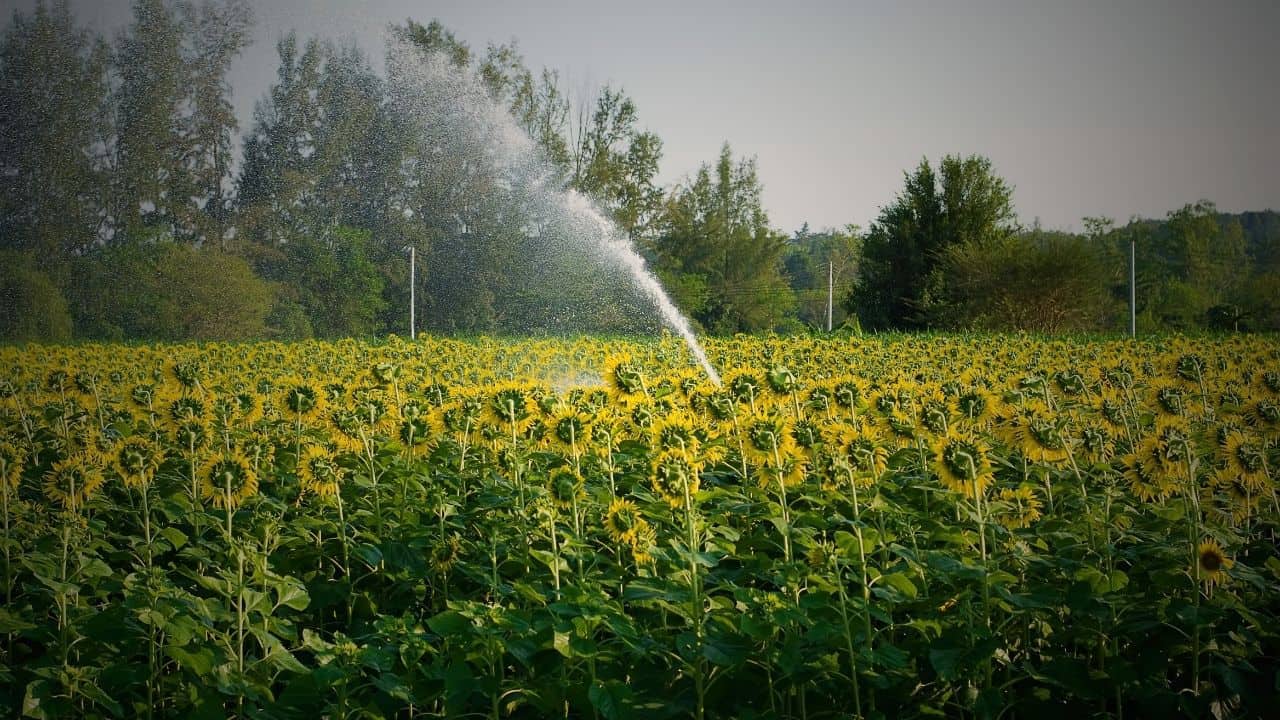

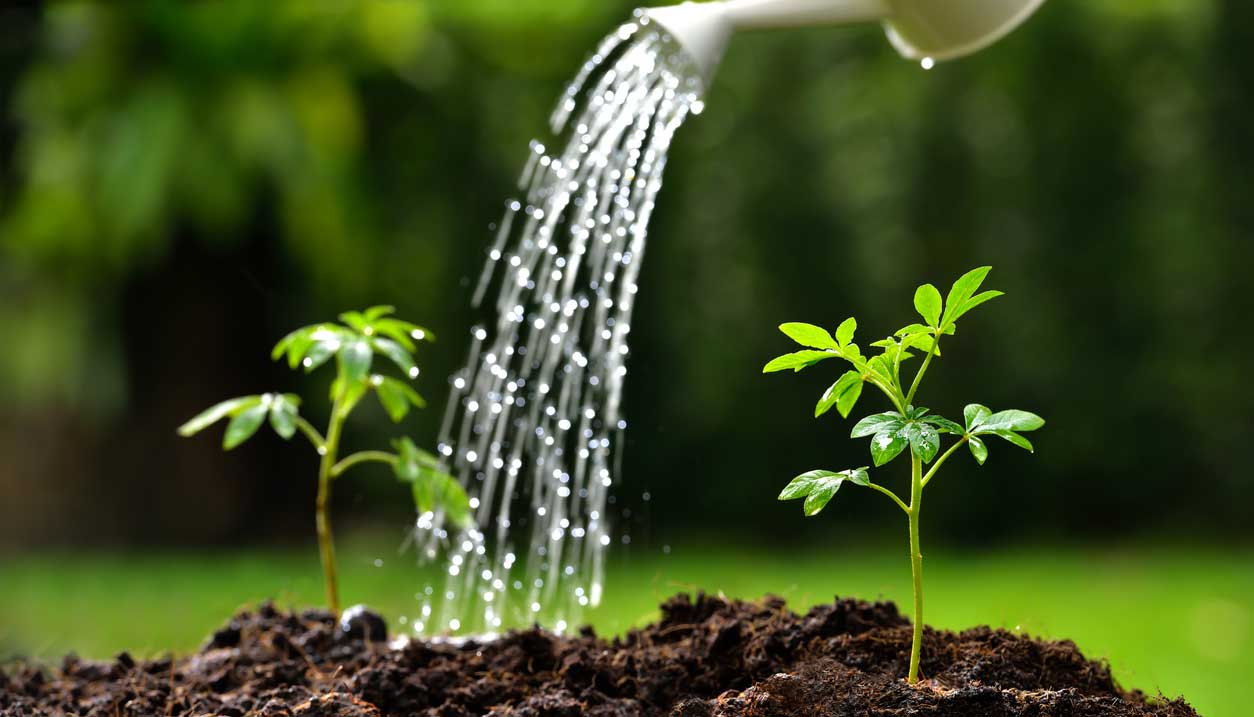
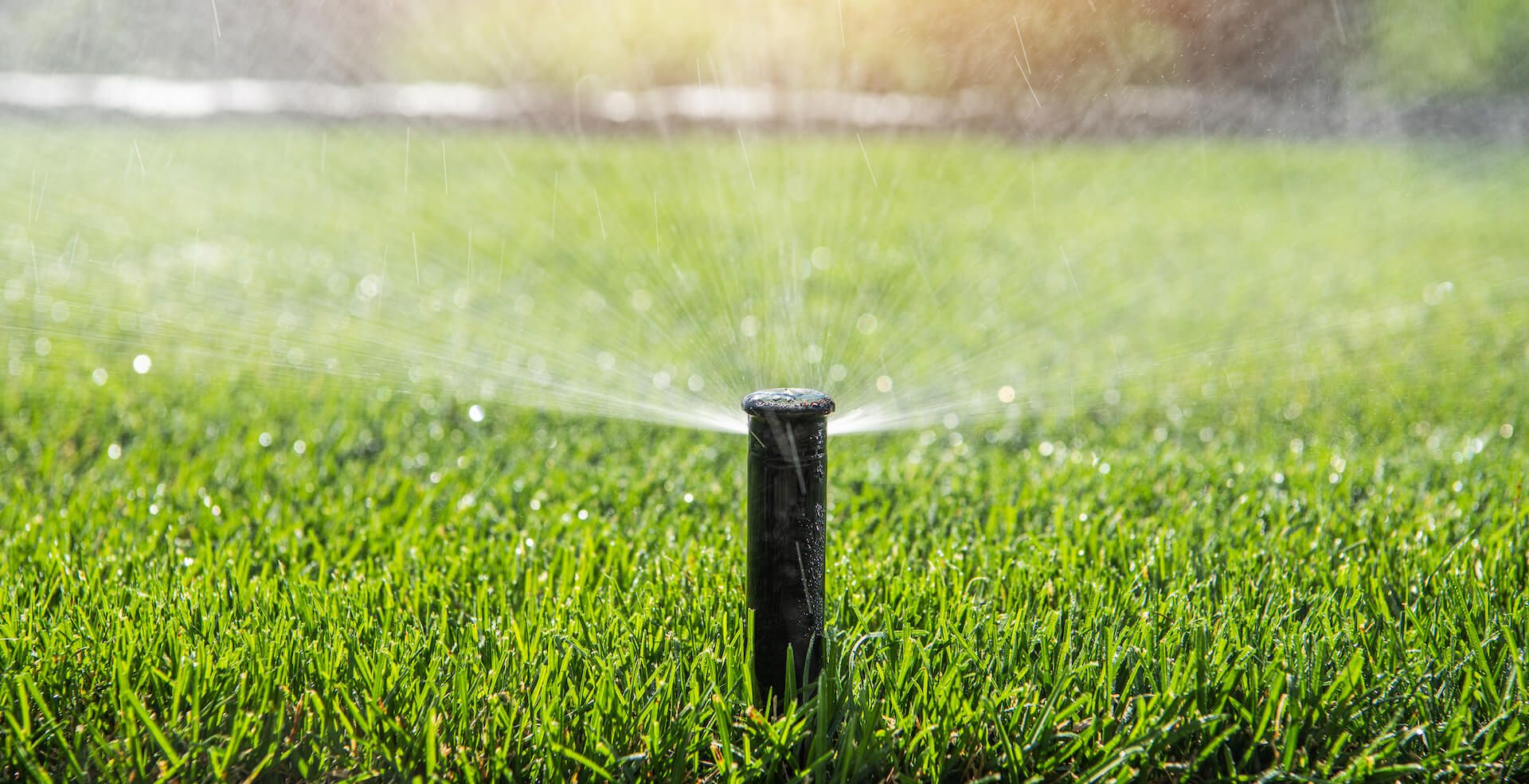
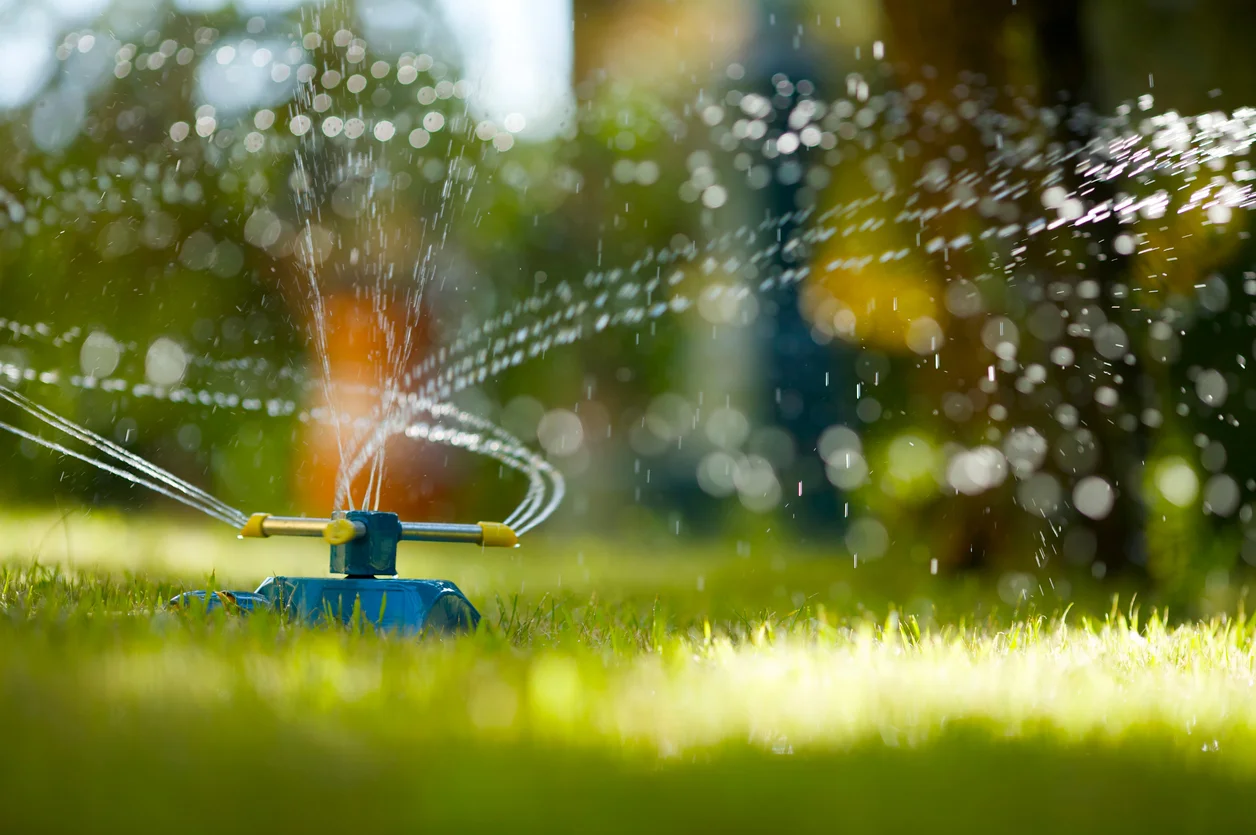

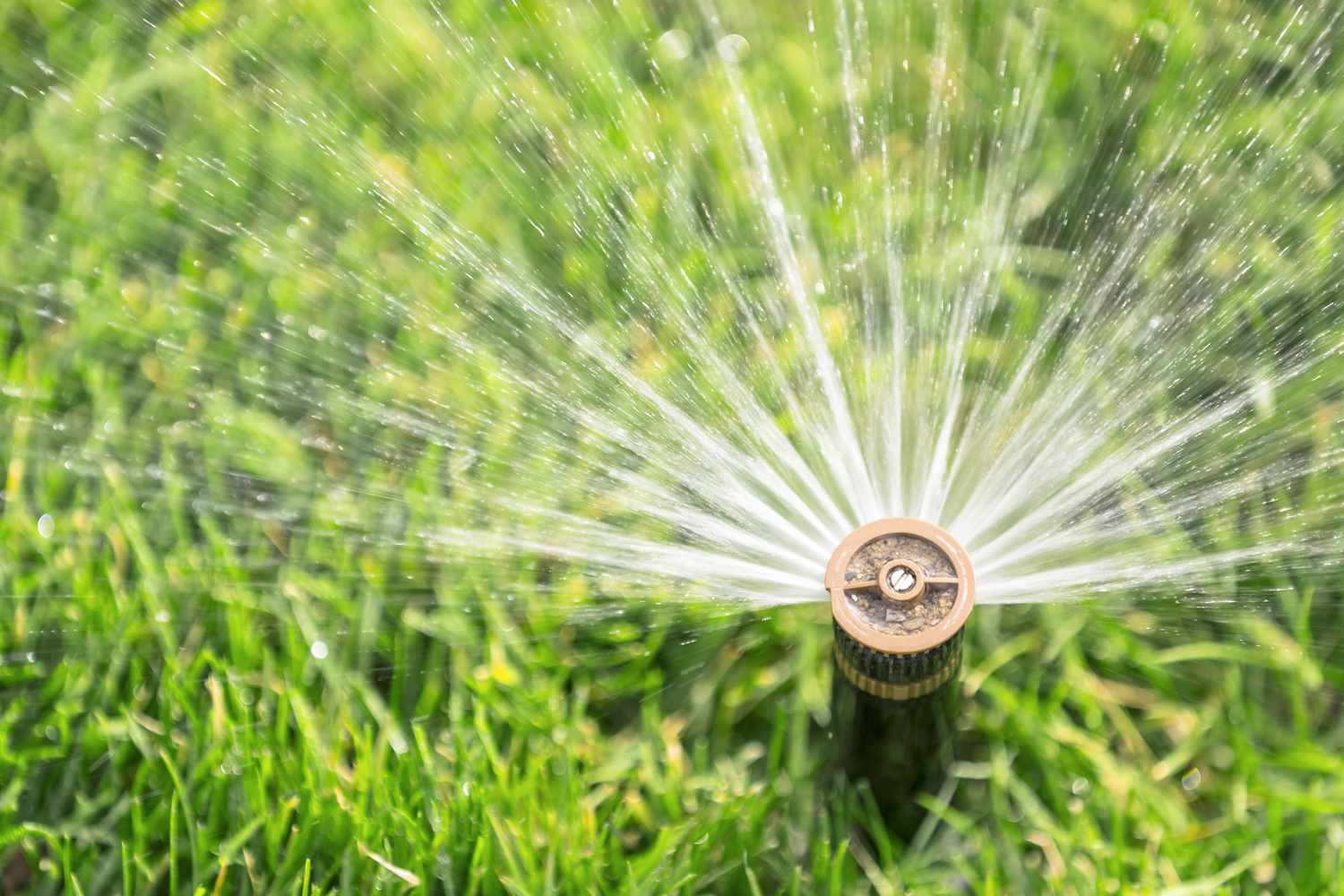
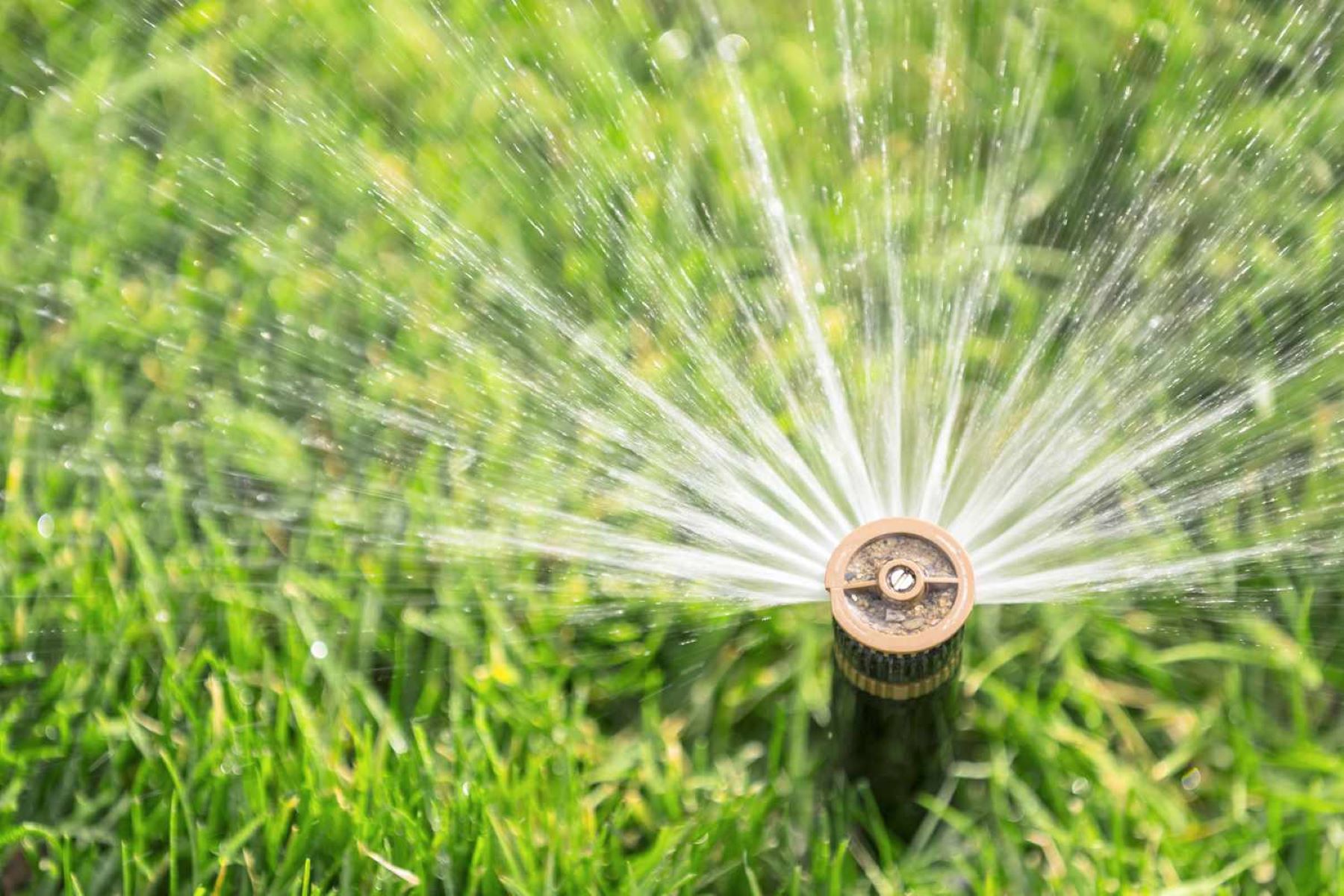


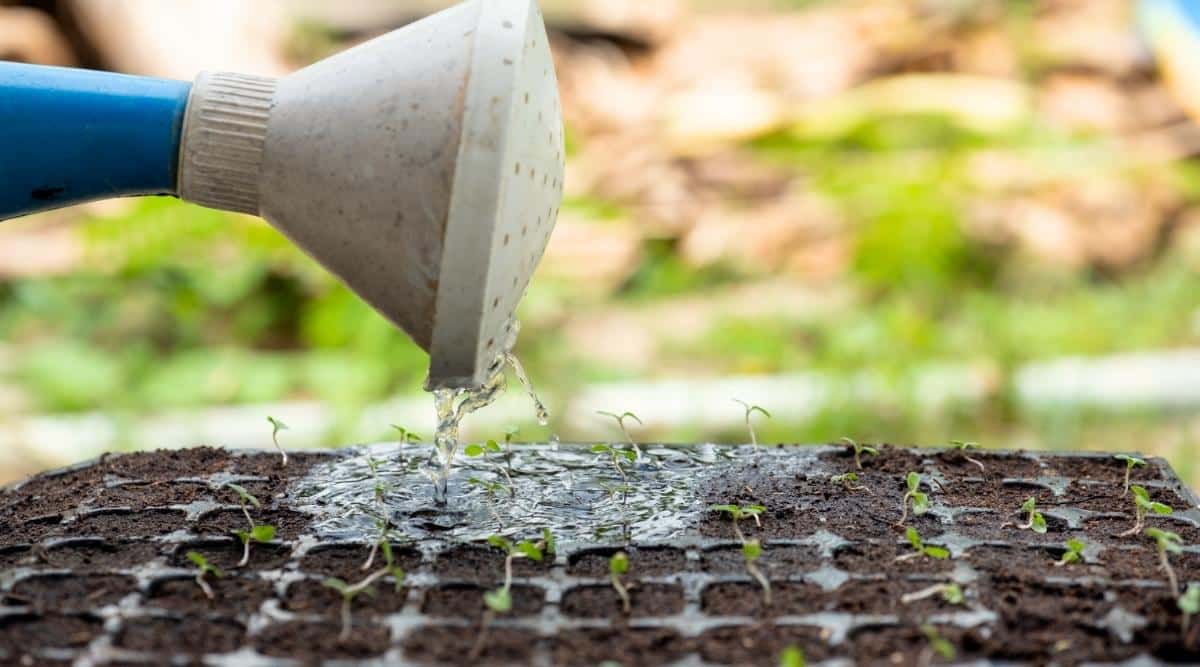
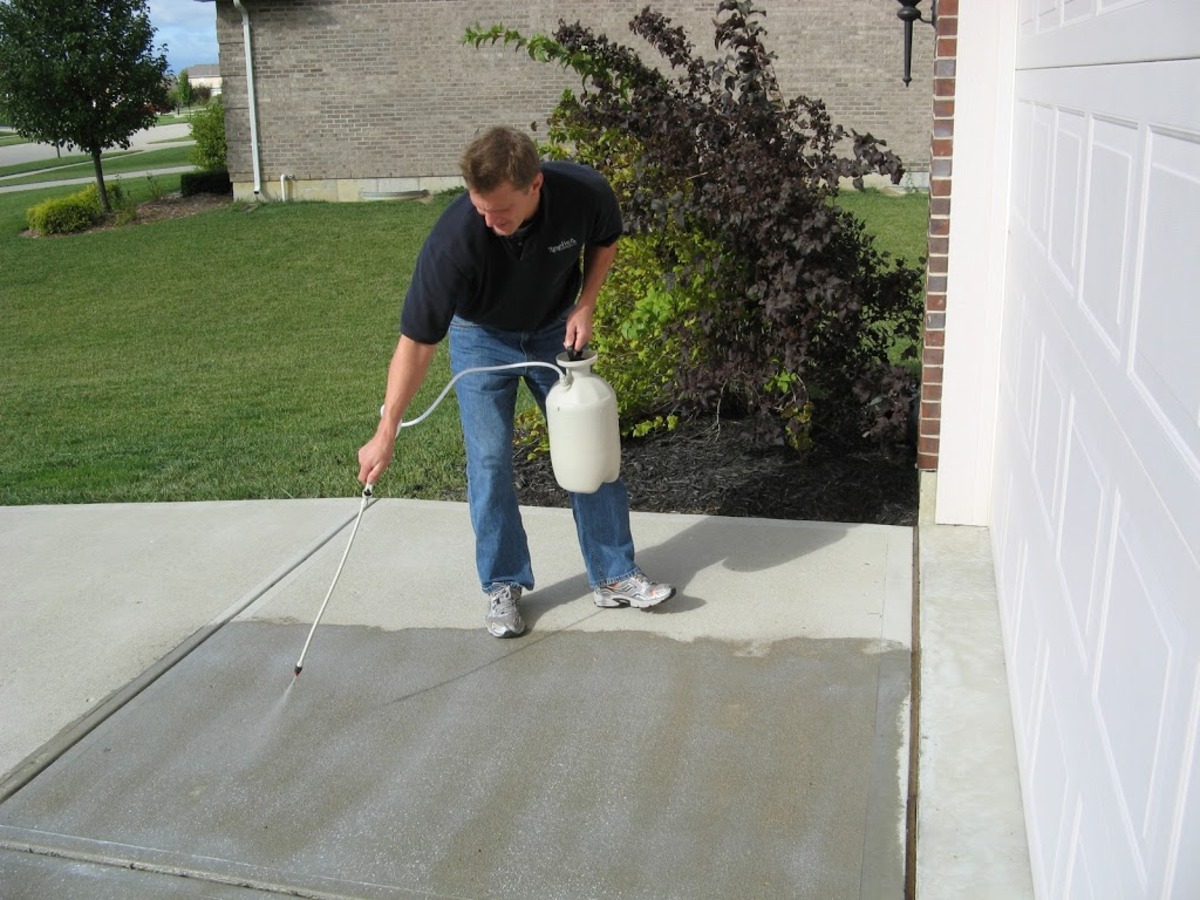
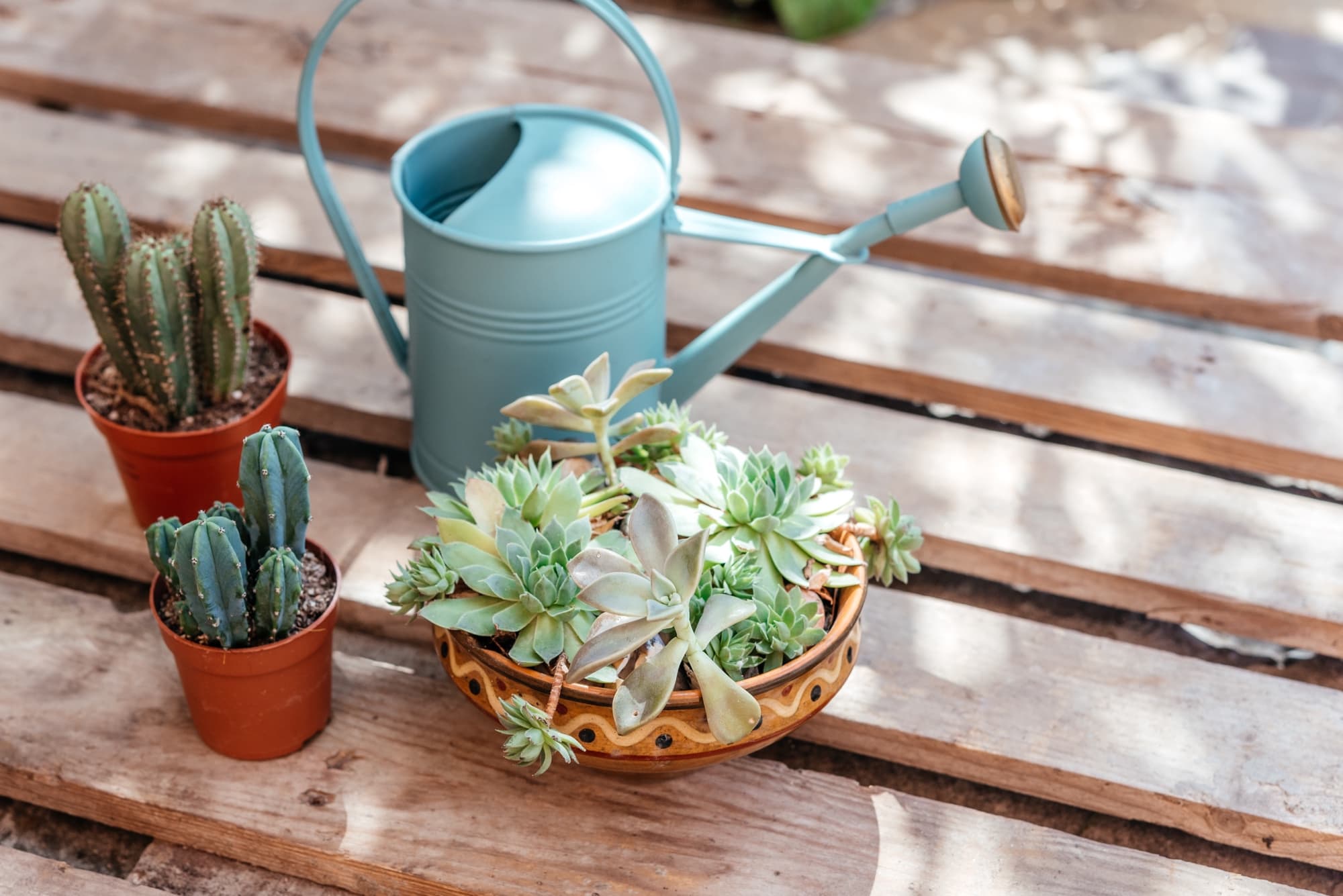

0 thoughts on “How Often Should You Water Grass Seeds”